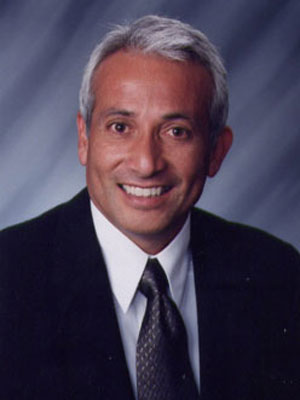How Do Slot Machines Work?
The slot is a thin opening, hole or groove in something. People often put letters and postcards through the mail slot at the post office.
Many people play slots because they are easy to learn and have a high chance of winning big prizes. Slot machines are the most popular casino games in Michigan and around the world. But how do they work?
Slot machines are based on random number generators. These algorithms assign a number to each possible combination on the reels. When a button or lever is pressed, or the handle pulled on older machines, the RNG sets a number that corresponds to a virtual reel. The physical reel then stops on that number. The odds of a particular symbol landing on the reel are the same for every spin, regardless of whether or not a jackpot was won in the previous spin.
Changing a machine’s programming to change the payout percentage requires opening and replacing a computer chip, which is time consuming and expensive. As a result, casinos are reluctant to routinely change slot machine payback percentages for economic reasons.
The best way to increase your chances of success is to choose machines that are compatible with your playing style. Players who like a more complex game may prefer progressive or multiplier slots that have multiple pay lines and offer larger payouts for each bet. However, luck plays a major role in slot wins, so it is important to remember that picking the right machine is only one aspect of a solid strategy.
The post How Do Slot Machines Work? appeared first on villagesanclemente.org.
Source: This article was originally published on Village San Clemente
About the Agent
Jim Flores is an accomplished real estate professional providing services as both agent and broker for over 13 years. His extensive knowledge of the Southern California real estate & mortgage market has allowed him to provide an outstanding level of client satisfaction to his clientele. As co-founder founder of Sea Sell Realty Jim is committed to personalized service. His goal is to exceed client needs by applying his expertise to all aspects of the real estate industry including sales, property management, consulting, training and real estate technology. For example, Jim’s use of technology benefits his clients by utilizing tools that make transactions client friendly: electronic signing, social media ads, paper less transactions and iPad essentials.



